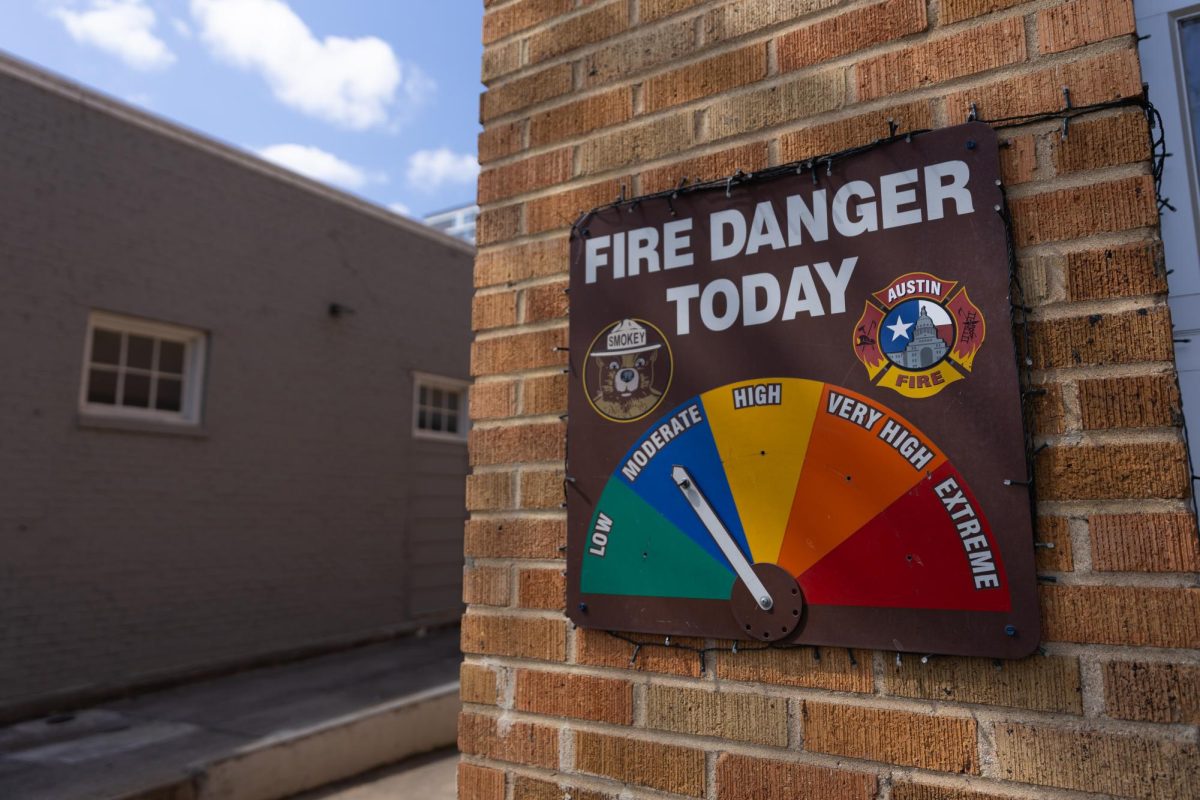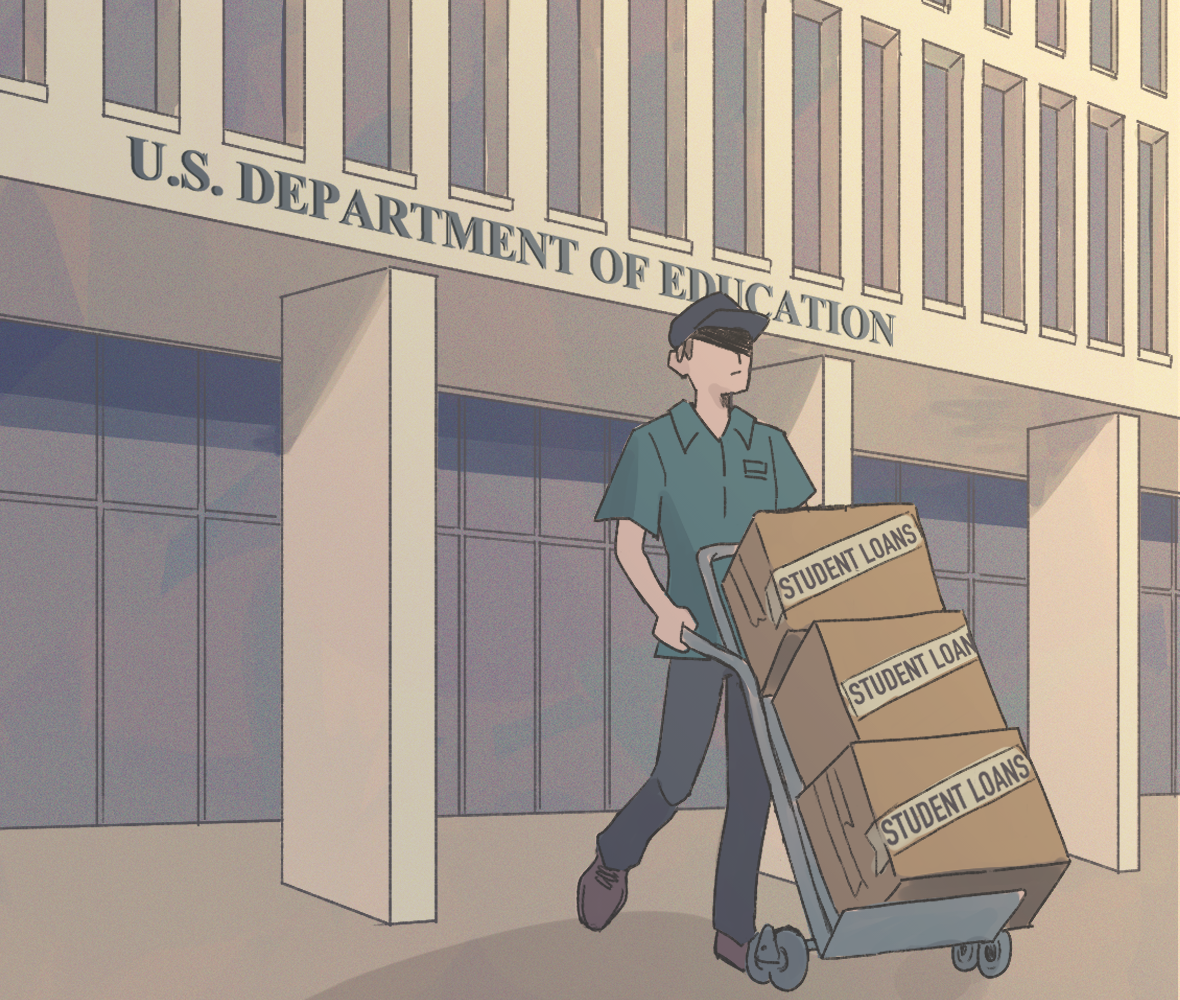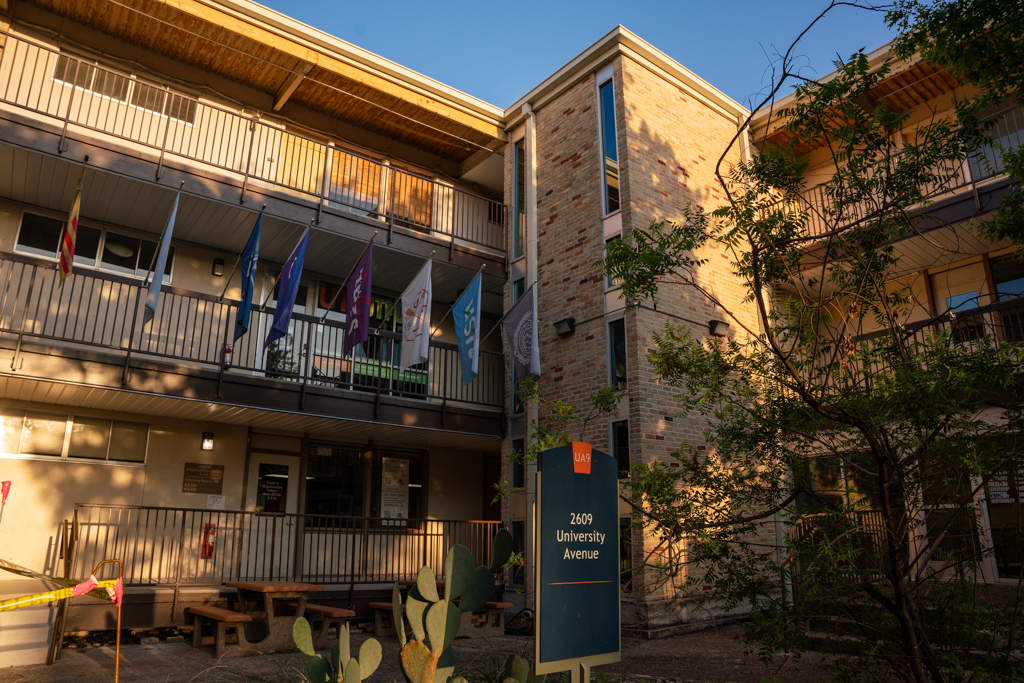What was meant to be a successful mission to space ended in flames Tuesday night for the Texas Spacecraft Lab.
NASA’s unmanned Antares rocket was scheduled to launch Tuesday at 6:22 p.m., but, just seconds after liftoff, the rocket exploded. The spacecraft carries supplies for the International Space Station along with the RACE satellite built by graduate and undergraduate students in the Texas Spacecraft Lab. The satellite was a collaborative project with NASA’s Jet Propulsion Lab.
“We were all watching it and expecting it to go smoothly,” aerospace engineering professor Glenn Lightsey said. “But we realized pretty quickly after launch that something was wrong.”
Aerospace engineering senior Cody Colley and his fellow team members watched the launch together via live stream.
“What I was most impressed with was how within half an hour [after the launch], everyone in the room said, ‘OK, we’ve got work to do still,’” Colley said.
Colley said there are two other projects the lab is working on. One is the Bevo-2 satellite, a second in a series of missions that were started in 2006. The other is a satellite named the Armadillo, a project sponsored by the U.S. Air Force.
“We actually had the structure for our next spacecraft in the room with us,” Colley said. “It’s a kind of like poetic justice. One was going up, and another one was coming in.”
Lightsey said the RACE satellite contained a radiometer, an instrument that would have measured the amount of water vapor in the atmosphere on a global scale. The mission aimed to help scientists measure the earth’s water cycle and improve their understanding of the impacts of global weather and
climate change.
According to Lightsey, the satellite was small enough to fit in one’s hand, making it a relatively affordable project to go to space.
“The enabling part of this mission is the miniaturization,” Lightsey said. “What is hoped is that by making satellites smaller, we will be able to fly missions to space at more affordable budgets. That’s the innovation.”
According to Colley, he and the lab intend to look past the mission and concentrate on their other projects.
“It’s sad that we don’t have a mission to operate anymore,” Colley said. “But we still have to keep moving forward.”














